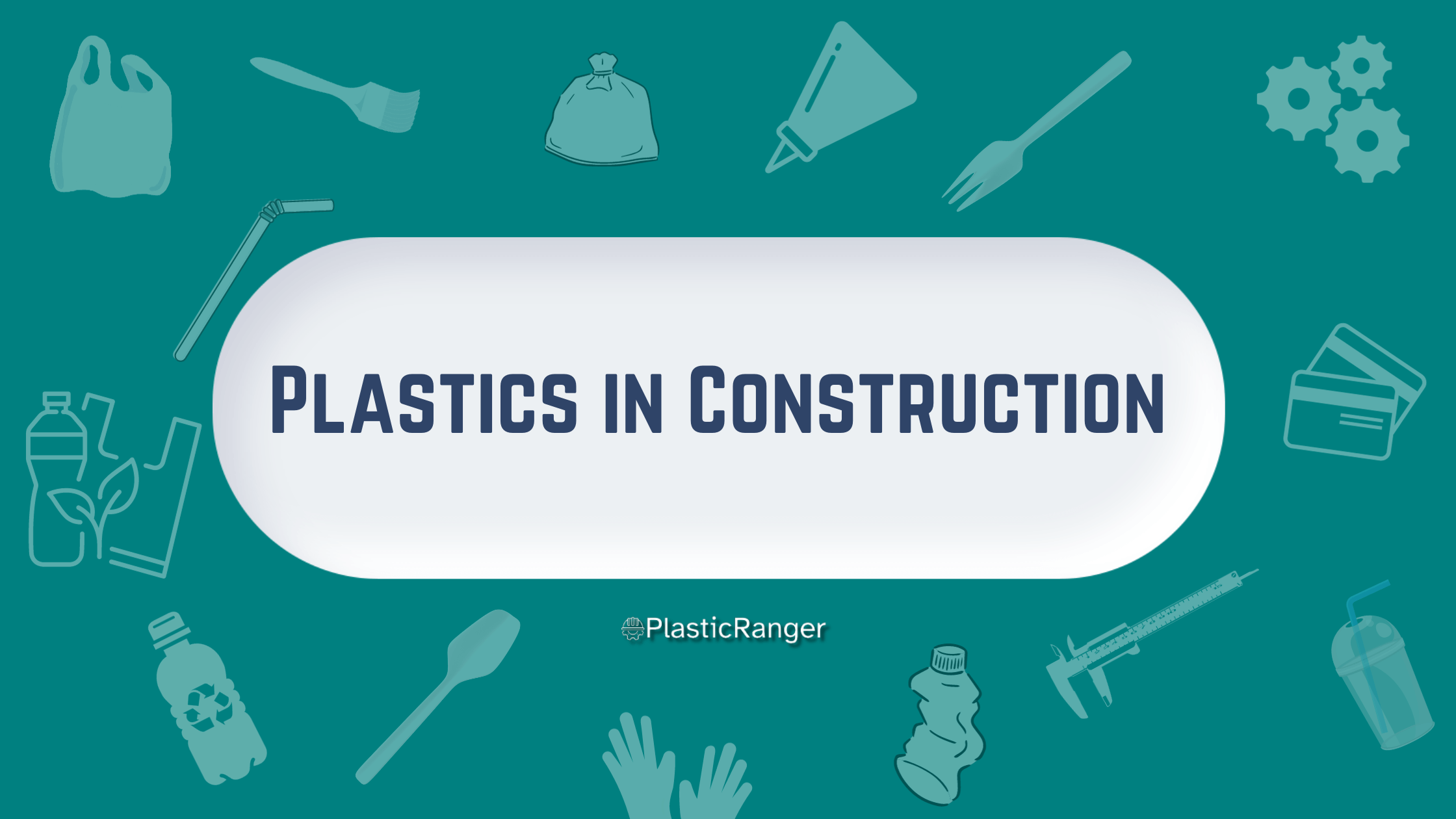Plastics in Construction Sector
Plastics, long considered one of the most versatile materials in modern times, have left an indelible mark on numerous industries. The construction sector, one of the primary beneficiaries, has witnessed a transformative shift due to the increasing incorporation of plastics.
The reasons for this shift are numerous, from the material’s durability to its cost-effectiveness. Here, we delve into the significance of plastics in the construction industry.
Evolution of Plastics in Construction
Since their inception in the early 20th century, Plastics quickly found favor in the construction sector. From PVC piping introduced in the 1930s to the modern-day
Advantages of Using Plastics in Construction
Durability and Longevity: Unlike materials that suffer from corrosion, rot, or rust, plastics offer a prolonged life span with less need for replacement, ensuring long-term structural integrity.
Weight Savings: Plastics, being lightweight, ease of transportation and handling. This property reduces transportation costs and helps speed up construction processes.
Insulation: Plastic foams, like polyurethane or polystyrene, are excellent insulators, reducing energy needs for heating or cooling buildings, which is a step forward in creating energy-efficient structures.
Design Versatility: Plastics can be molded into various shapes, allowing architects and designers creative freedom, leading to innovative and aesthetic construction solutions.
Cost-Effectiveness: In many instances, plastics can be more cost-effective than traditional materials, both in initial expenses and long-term maintenance costs.
Common Types of Plastics in Construction
Polyvinyl Chloride (PVC): PVC is widely used for pipes and conduits due to its resistance to corrosion and chemicals.
Polyethylene: Used in various forms (HDPE, LDPE), it finds applications in damp-proof membranes and pipework.
Polystyrene: Due to their excellent thermal properties, expanded polystyrene (EPS) and extruded polystyrene (XPS) are used for insulation boards.
Polyurethane: Often used as a foam, it is a superior insulating material for walls and roofs.
Polycarbonates: Known for their transparency, these plastics are used in roofing materials, greenhouses, and even transparent walls.
Environmental Impact and Sustainability:
While plastics offer significant benefits, they also pose environmental concerns. Many plastic products in construction are not biodegradable and might contribute to environmental degradation if not properly managed at the end of their life cycle.
However, the industry is making strides in addressing these concerns by focusing on recyclable plastics and sustainable production processes.
Moreover, the energy savings from using plastic insulation materials and reducing greenhouse gas emissions while transporting lightweight plastic materials cannot be ignored.
Challenges and Prospects
Although plastics present numerous advantages, they also come with challenges. Concerns about fire resistance, UV degradation, and the environmental impact of single-use plastics are pressing. But research is ongoing to produce fire-resistant, UV-stable, and more eco-friendly plastic variants for construction purposes. The future of plastics in construction appears robust.
Technological advancements show us the rise of 3D-printed plastic homes and recyclable composite materials. These innovations reduce construction times and contribute to sustainable and eco-friendly building practices.
Quick Navigation

